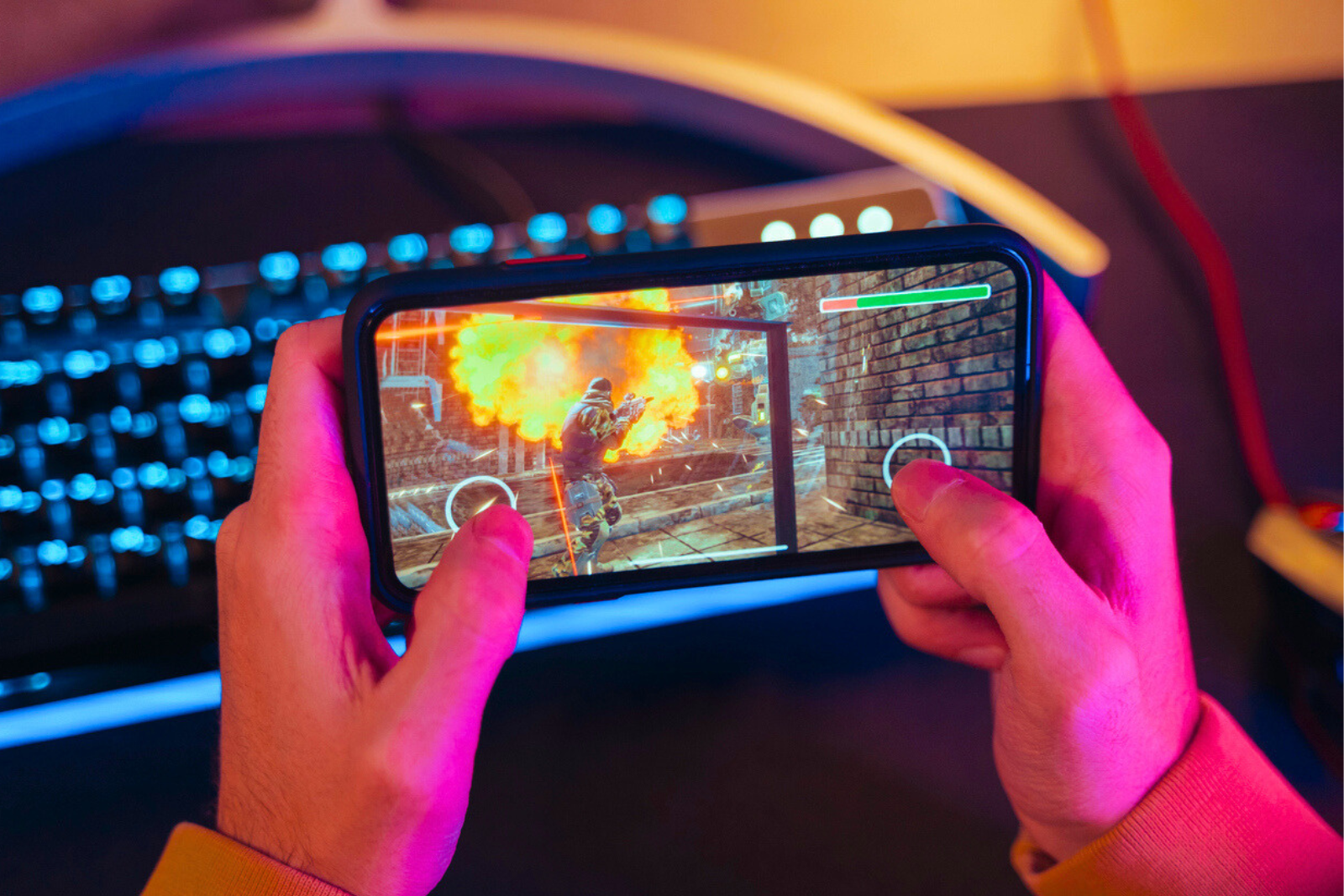The battle between Android and Apple in the mobile gaming arena continues to evolve in 2025, with both platforms offering unique advantages for gamers. As smartphones become increasingly powerful, the gaming experience on mobile devices rivals traditional gaming platforms. Let’s explore which ecosystem provides the superior gaming experience this year for mobile gaming enthusiasts.
Gaming performance: hardware capabilities compared


When examining mobile gaming performance, hardware specifications are crucial in determining the overall experience. Apple’s custom-designed processors, the latest being the A19 Bionic chip, deliver exceptional integration between hardware and software components. This seamless integration results in games running with remarkable fluidity and minimal latency on iOS devices.
Android manufacturers, meanwhile, utilize various high-end processors from Qualcomm’s Snapdragon and Samsung’s Exynos series. The latest flagship Android devices feature processors optimized explicitly for gaming, with some models now incorporating dedicated gaming GPUs. These advancements have significantly narrowed the performance gap between the platforms.
Display technology has become another battleground for mobile gaming superiority. Apple’s ProMotion displays offer refresh rates of 120Hz, providing smooth animations crucial for competitive gaming. However, specialized Android gaming phones now push boundaries with displays reaching up to 165Hz refresh rates, delivering ultra-responsive gameplay for titles where split-second reactions matter.
Battery performance during extended gaming sessions reveals interesting patterns between the platforms:
| Aspect | Apple iOS | Android |
| Average Battery Life (Gaming) | 5-6 hours | 4-8 hours (varies by model) |
| Heat Management | Efficient but can heat after extended play | Varies widely; gaming phones feature advanced cooling |
| Power Efficiency | Highly optimized | Varies by manufacturer and processor |
Game libraries and exclusive content
The breadth and quality of available games significantly influence the gaming experience on each platform. Apple’s App Store offers a curated selection of premium gaming experiences, with many developers optimizing their titles specifically for iOS devices. Apple Arcade continues to expand its library with exclusive titles unavailable on other platforms, providing subscribers with ad-free, IAP-free gaming experiences.
Android’s Google Play Store boasts a vastly more extensive catalog of games, though this quantity comes with varying quality levels. One significant advantage for Android users is access to emulators, allowing gamers to enjoy classic titles from older gaming systems—something Apple’s closed ecosystem prohibits. Additionally, indie developers often find Android’s marketplace more accessible, resulting in unique experimental games appearing first on this platform.
The availability of cross-platform gaming services has evolved dramatically in 2025. Notable improvements include:
- Cloud gaming services like Xbox Cloud Gaming and GeForce NOW run more efficiently on both platforms
- Cross-platform multiplayer is becoming standard across major titles
- Game progress synchronization between mobile and other gaming platforms
- Subscription services offering expanded libraries on both ecosystems
Economic considerations for mobile gamers
The financial aspect of mobile gaming reveals stark differences between Android and Apple ecosystems. Android devices span a wide price range, making gaming-capable phones accessible at various budget levels. Even mid-range Android phones in 2025 can handle most popular games competently. In contrast, Apple’s premium pricing strategy means that entering its gaming ecosystem requires a larger initial investment.
Game monetization strategies also differ between platforms. The Google Play Store features more free-to-play titles with advertising or in-app purchase models. These games often utilize aggressive monetization tactics that can interrupt gameplay. While offering similar free options, Apple’s App Store includes a larger selection of premium paid games with one-time purchase models and fewer intrusive elements.
Android users benefit from alternative app stores like the Samsung Galaxy Store or Amazon Appstore, which occasionally offer exclusive deals or discounts. Apple users remain restricted to the App Store, limiting their options for finding promotional pricing. However, Apple Arcade’s flat subscription fee provides access to hundreds of quality games without additional costs—a value proposition that has strengthened in 2025 with its expanded library.
Some developers continue to release premium titles on iOS first due to perceived higher monetization potential, creating a situation where Android users sometimes wait longer for certain high-profile releases. This trend has diminished somewhat in 2025 but remains noticeable for select titles.
Accessories and peripherals compatibility
The expanding ecosystem of gaming peripherals has become increasingly important to mobile gamers. Both platforms now support various controllers, but Android offers broader compatibility with third-party accessories, including specialized gaming peripherals, cooling solutions, and connection adapters. Apple maintains stricter control over compatible accessories, though ensuring higher quality standards and performance optimization.
Making your choice in 2025
Selecting between Android and Apple for mobile gaming in 2025 ultimately depends on individual priorities. Apple devices deliver consistent performance across their limited device range, with games optimized specifically for their hardware. The platform excels for gamers who value reliability and premium experiences without technical complications.
Android remains the platform of choice for gamers seeking flexibility, variety, and often more affordable options. The diversity of hardware allows users to select devices specifically designed for gaming with features like triggers, cooling systems, and higher refresh rates. Android also appeals to experimental gamers interested in emulation and access to development builds not available in Apple’s controlled environment.
As both ecosystems continue evolving, the distinction between their gaming capabilities has narrowed considerably. Hardware performance differences have been minimized, making software libraries, economic factors, and ecosystem preferences increasingly important in determining which platform delivers the superior mobile gaming experience for individual users in 2025.






